SEFARAD'S, a journey through a sepharadic woman life
SEFARAD'S, a journey through a sepharadic woman life
English brochure is available : contact@operact.eu
Sefarad's
Imagine a world, a long time ago. A multi-cultural world, warm, sparkling with life, where the inhabitants speak Hebrew, Arabic, Aramaic and Judeo-Spanish. A safe haven.
Then the inquisition came and forced the Jewish people to become nomads once again. Expelled from Spain, they spread out all around the Mediterranean basin. Over time, these men and women have maintained their ancestral songs, and enriched them with the popular music of the countries where they settled down. The result is an extraordinarily diverse, charming mixture, with Bulgarian Romanian, Italian, Arabic, North African, and Bosnian, Greek, Turkish and – of course – Spanish influences.
Now imagine a woman from this world, sharing her most intimate moments, singing in this wonderful mix of languages about the things women of all times encounter throughout the cycle of life. That is Sefarad’s. A journey into the Sephardic world, life, culture and – above all – music, with soprano Gaëlle Méchaly as the storyteller, the Sephardic woman, your guide.
Born from this rich tradition, she asked composer Thierry Pécou to create something new with these old songs, to mix them with the current musical influences in the same spirit as the Sephardic Jews would have done.The result of this experiment is a living testimony of what happened back then and happens nowadays when cultures and traditions meet: the music regenerates.
Sefarad’s is a reinvention of the nomadic spirit, travelling to a new horizon consisting of all music between the Mediterranean world and jazz. Together with Ensemble Variances, Gaëlle Méchaly explores the entire spectre from oral tradition and improvisation to contemporary music and song. The careful staging of Stephan Grögler created an unusually intimate atmosphere, where the listener gets drawn into the woman’s story full of colours and emotions.
© Anne van der Heiden
The enchantment of Gaëlle Méchaly
Where does this urge to perform Sephardic songs come from?
I discovered the songs of the Sephardic tradition in the synagogue, as a child. My grandfather knew all the prayers by heart and I still remember his voice: it was a typical scratchy sound, marked by his strong Moroccan accent. My mother had some recordings of Judeo-Spanish ballads, and somehow I have the feeling she was always playing them whenever I was at home. These romansas (melodies) caused a state of pure inner joy: I loved the apparent simplicity of the melodic line and the melancholy that sometimes emerges, all the colours, those very oriental vocal curves. And the texts of course, with their unavoidable logic, sometimes even harsh; there was nothing romantic about it; they were just expressing common sense… I always promised myself: one day, I will do something with it. Express myself on stage in this familiar way; with the songs I grew up with, the same songs that inspired me to become a singer.
How are you going to reach your goal of making people rediscover this music, asking them to listen to it from a new perspective?
I talked a lot with Stephan Grögler about it. We came up with the idea to combine these ancient melodies with contemporary music; we also wanted to create a complete performance, to highlight the dramatic power of these songs. They have an expressive palette that makes each and every one of them a miniature opera in itself, so we wanted this programme, this story, to become an "intimate opera". To establish this, we got in touch with Thierry Pécou, a contemporary composer who is fascinated by music from oral traditions. He was able to give these songs a new musical line, blending in contemporary elements in a way that respects their history. Thus the new perspective.
The Judeo-Spanish language sometimes date back to the fifteenth century, how did you prepare for this?
My first approach was a thorough exploration of the language, I followed a course Judeo-Spanish for a year (it actually has a lot in common with the Castilian language of the fifteenth century).
So Sefarad'sin short is a harmonious synthesis of the contributions of artists from different backgrounds.
Yes. I am convinced that this is the way we can offer this tradition a ‘new’ life. I also believe this is the only way to preserve this precious heritage, by keeping it alive and developing it at the same time, exactly like the Sephardim did throughout the centuries. I would like to add that, thanks to Thierry Pécou, Sefarad's is now going to be published by the prestigious German publisher Schott *. Schott is to the classical musician what la Pléïade is to the French author, so I am very proud that I helped Sephardic music to be listed between composers such as Mozart, Rossini and Wagner... I would say that is pretty good company!
Stephan Grögler : See the music, hear the space
Sephardic music comes from a mingling of multiple cultures and languages, forming a link between them. It is the result of centuries of travels, and has been influenced by each border that was crossed. Multi-cultural in both time and space, these songs tell the stories of the main events in every life by the voice of women, safely in the privacy of their family.To regain that intimacy, I tried to establish a closeness between the singer, the musicians and the public in several ways: through the staging, the positions of all the participants*, the choice for felt sofas with organic forms** and the lights.
The audience is placed on the stage itself, in direct contact with the artists. Multiform blocks *** are placed on stage as luminous beacons, they radiate all innumerable shades of colour on stage, acting as a mirror – or an enhancement – of the emotions singer and musicians express. In this dim light, great light beams come in, slicing and cutting space.
This warm space full of softness, the impression of backpacks, the round organic (female) shapes of the felt sofas that remind of pebbles, it all helps to make the audience wonder. It is meant to raise questions: who are these people? What have they gone through to end up here? Did they just arrive or are they about to set off...?
Well, heavy or light, filled with happy thoughts or nostalgic ones, those backpacks are loaded with memories that keeps us rooted in the reality of the present.
Between the felt sofas I put bright multiform blocks. Some are pointing to the sky like columns, forcing us to think in straight vertical lines and not just in soft and round forms. The blocks puncture the space, act as beacons for the interpreters through the course of events, but they also enclose them. These two opposing worlds allow me to navigate the characters between these two worlds, creating new musical and theatrical space constellations for each song.
The leitmotiv of the performance is formed by the order of the melodies, starting with birth, ending with death. The projection of texts (song titles, information on their origins, translations) is not just accompanying the songs; it is also a visualisation of the fabulous interbreeding of languages and cultures.
The sophisticated, organic designs of Roy Krejberg, the magic he is able to weave into the textures and fabrics of the costumes he creates, give Gaëlle a stylish and unique look. It definitely has a strongly contemporary feeling, even powerful, but it also shows the delicacy and intimacy this repertoire requires.
Sefarad's staging is completely autonomous, without the need for specific theatre equipment (it only needs a connection to electricity). It has been created to make performances possible in unusual places, such as a museum, public spaces, etc.
* We can adapt the position of the audience and musicians to bi-frontal, circular or traditional, depending on location and acoustics.
** Sofa Living stones SMARIN
*** Performance digital device developed by Akwariom and groupedune
Thierry Pécou : how to create a singular sound
Sefarad’s is a suite of Sephardic songs in Ladino language I composed on request of opera singer Gaëlle Méchaly. It is created for soprano, flute, clarinet, double bass, piano and percussion ad libitum. The cycle is following the major stages of life through different kinds of typical Judeo-Spanish songs: ballads and kantigas (medieval epics), songs about childbirth and lullabies, songs about purification and weddings, Colpas (religious songs), funeral songs ...
At the heart of these songs we have (of course!) the original melodies, stories and texts. I wanted to keep the original melodies fully recognizable: I transcribed them in the easiest way possible, so the singer would have the freedom to improvise on them, colour them with ornaments, simply sing what was written or follow my suggestions for vocal ornaments.
The songs are of an old oral tradition and have complete stories in them, like Schubert Lieder. So the musical writing consisted mainly of creating a poetic universe in which the song and the narration can unfold. I wanted to establish a confrontation with the melody, without changing or distorting it, to create a singular harmonic and rhythmic language. I was inspired by some aspects of Jewish mysticism, particularly the ten sounds that belong to the ten sephirots * of the Kabbalah, and the rhythms from Arabic music.
In this cycle, the Kaddish has a special status because it is not based on any traditional melody and is composed using the liturgical text in Aramaic. It is the traditional prayer in honour of the deceased during burial ceremonies, and I was inspired by the rapid recitation of the rabbis in the Sephardic rite.
* According to the Kabbalists, God reduced part of his light (a process known Tsimstum), in order to create the material world, and divine receptacles were filled with his essence. Unable to bear the intensity of this energy, the containers were broken into ten energy-essences. As a consequence, the energy in the entire universe is now spread through a system of ten transformers, called sephirots.
Sefarad's, an intimate opera
It may surprise you, but Judeo-Spanish song was mainly sung by women. Their voices kept the tradition alive throughout time, and thanks to them, we still know this wonderful music. It is not only a testimony of the culture and identity of these Jewish people in exile, but also of the way they blended in and adapted. It is a directory of female - and even feminist – voices, sharing every aspect of their daily life, love and traditions: from lullabies to funeral songs, telling epical, biblical or fantastic stories. They sing about love as a happy, faithful experience, but also about being broken hearted because of adultery or unanswered love.
The staging and dramaturgy is made to highlight all the stages of life that occur in the most intimate story a women can tell: her own story. By these songs, the community customs were transferred from one generation to another. Sometimes the women did not stick to rules and traditions only, but also included some good advice or statements. The song was the subversive and discreet way to teach the next generation of Jewish women, who – according to tradition – were only allowed to express themselves freely within the closed environment of their house, all the lessons of life they really needed to know.
What others thought of Sepharad’s:
Singer Natalie Dessay
"To evoke, but not replicate, it’s no imitation. Right from the soul of Jewish tradition, and then the interpretation of it. Pure poetry, in short”
Serge Gaymard director of the Opéra de Reims, Philippe Le Goff, director Cesare CNCM
"The joint venture of soprano Gaëlle Méchaly and composer Thierry Pécou leads us subtly into the Sephardic musical universe they reinvented. The music is undoubtedly contemporary, without betraying its roots, and remarkably enhanced by the highly efficient staging of Stephan Grögler”
Isolde Lagacé management Arte Musica / Montreal Museum of Fine Arts
"A captivating and moving journey through Sephardic culture. With its haunting melodies, the rhythms of the percussion, mixed with the beautiful voice of Gaëlle Méchaly, this whole evening (….) was simply pure happiness! "
Ruth Bässler Ministry of Culture in Hamburg (DL) charge of international exchange
The performance in the Sankt-Katharinen church of Hamburg was fascinating, I will do my best for this show to get travel in other place in Germany
Eliette Abecassis Philosopher, writer
"With all her characteristic elegance and talent, Gaëlle Méchaly brings a new version of Ladino songs, pure and highly sensitive"
PERFORMANCES
Nuits lumières de Noirlac,
Théâtre de Garonne,
Festival Arabesque Hamburg,
Théâtre de Cornouailles Quimper
Opéra de Dijon
Opéra de Reims
Paris Mairie du Quatrième
Lien vidéo :
vimeo.com/operact
REMERCIEMENT
Gaëlle Méchaly souhaite remercier pour leur aide précieuse :
Marie Christine Varol, Lucien et Lilly Chemla pour leur formidable accueil à L'Albatros, Jenny Laneurie, François Azar , Danielle M. , Anne et Patrice Bergheaud , Madeleine Chiche, Roy Krejberg, Jessica Roda.
Presse
Liens
Credits
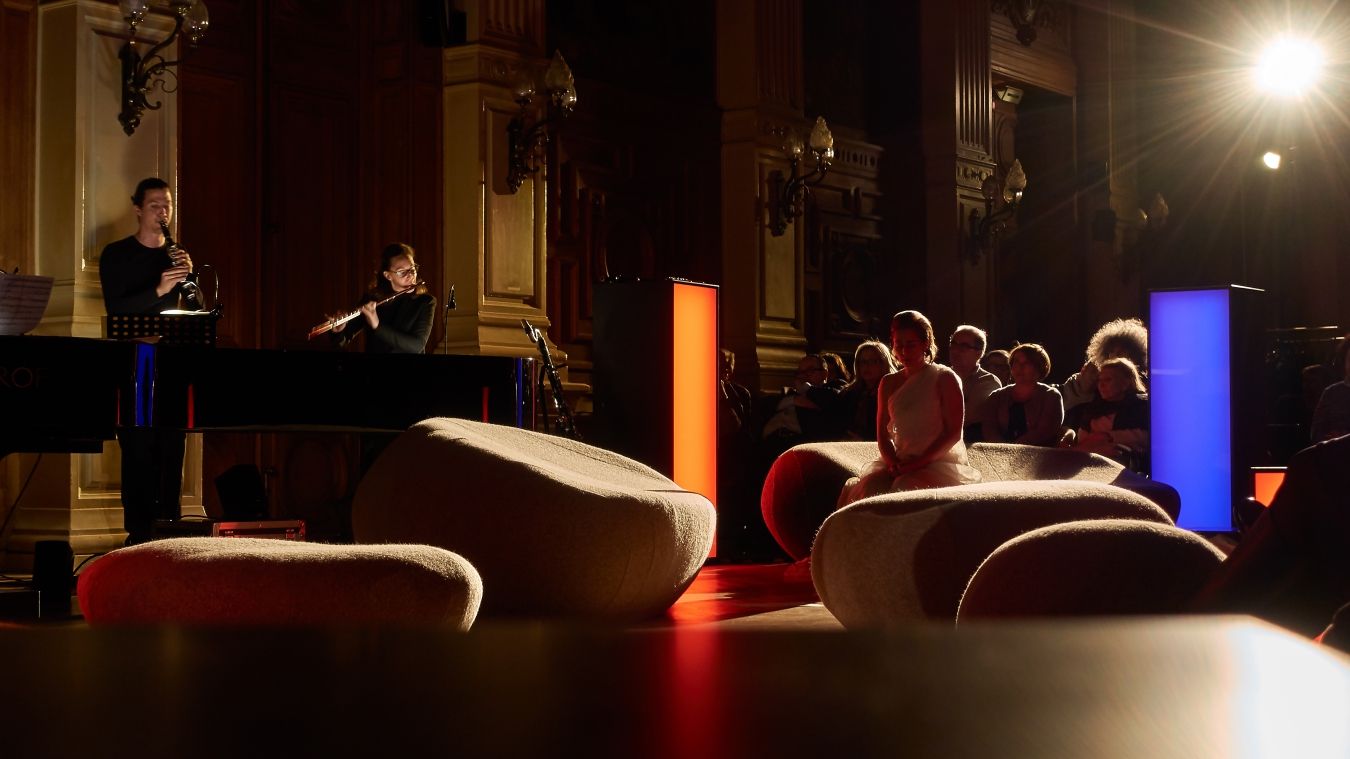
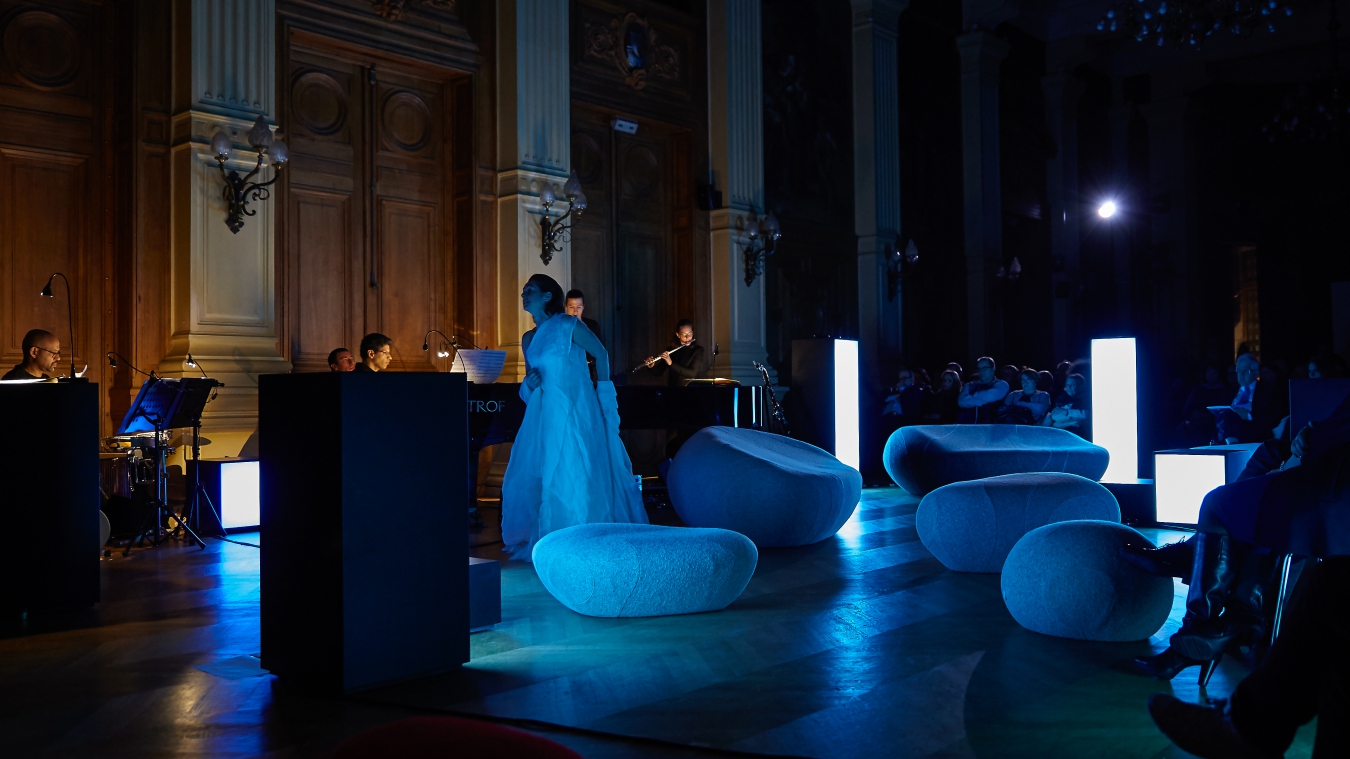
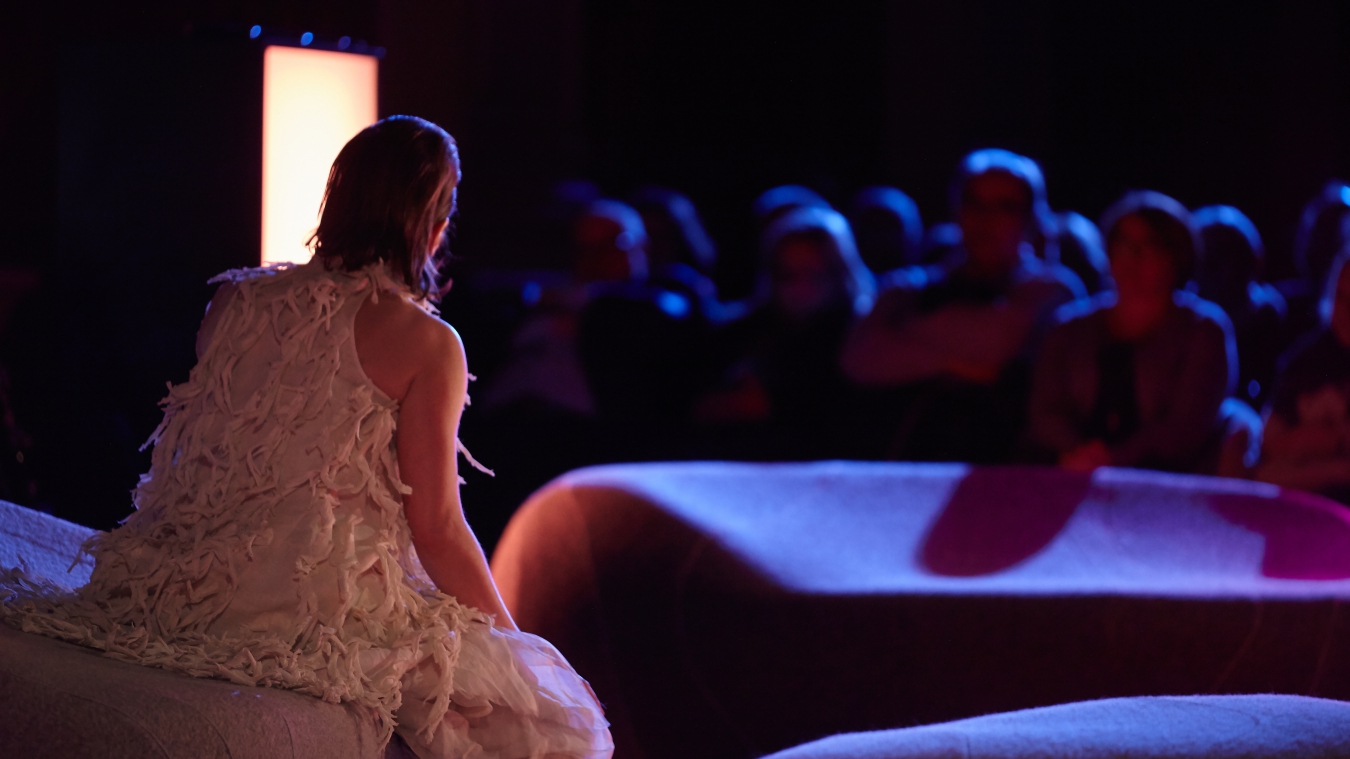
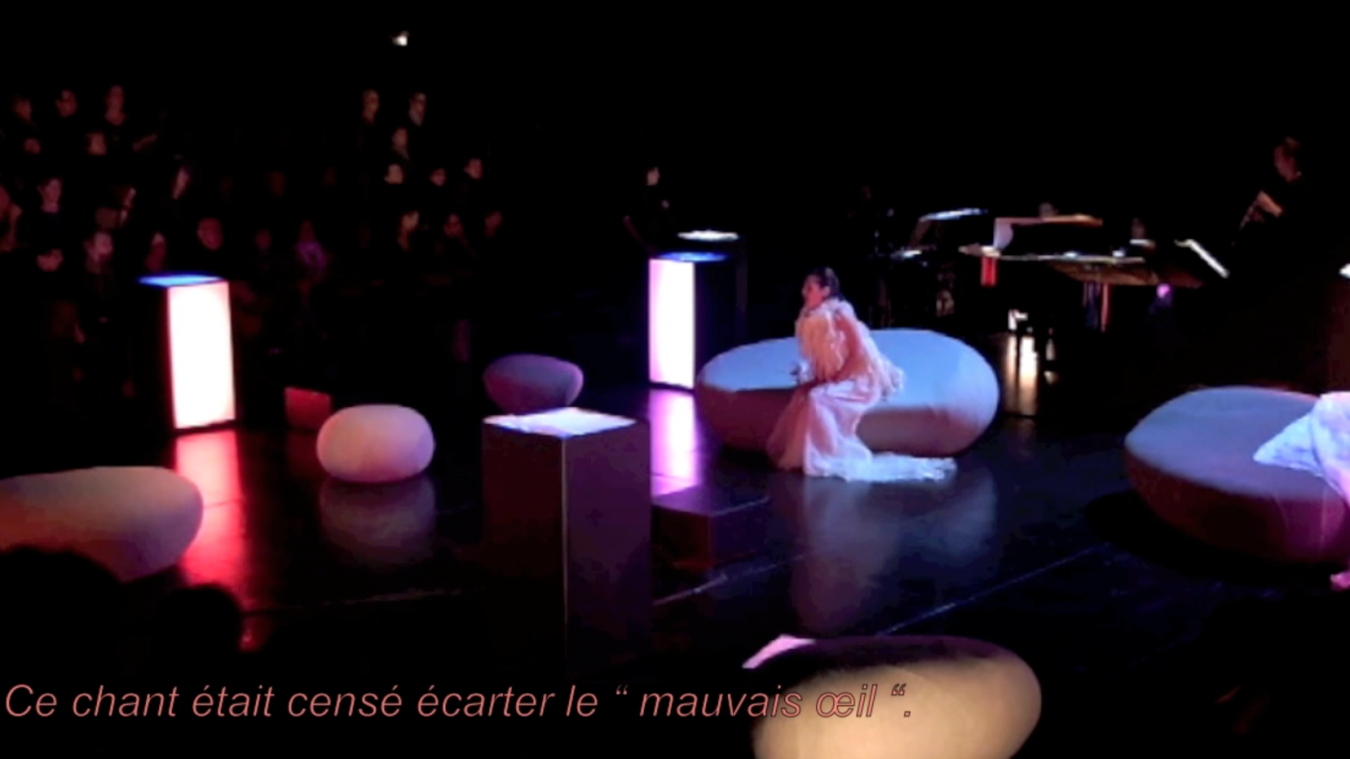
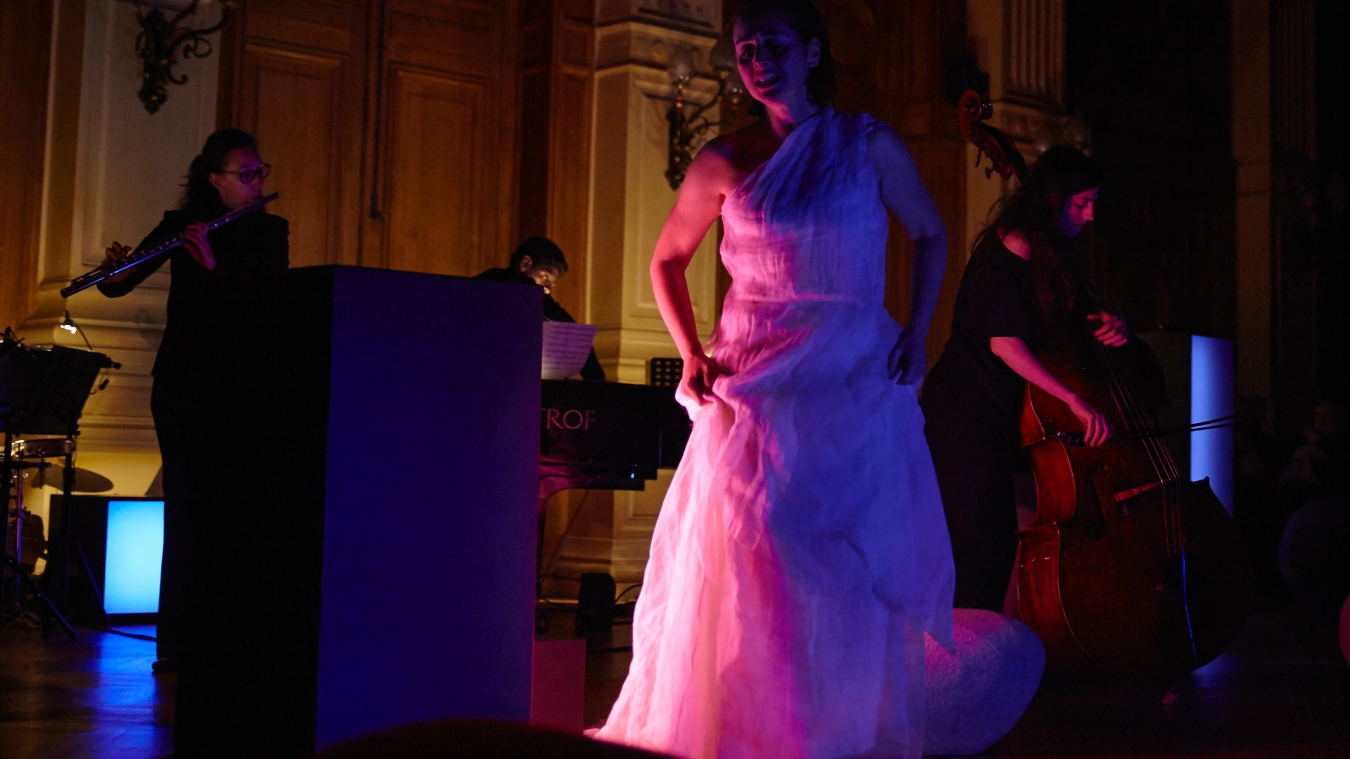
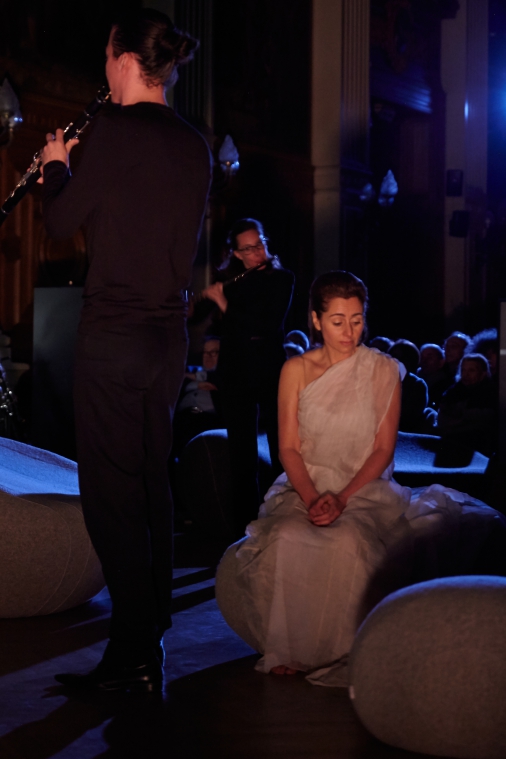
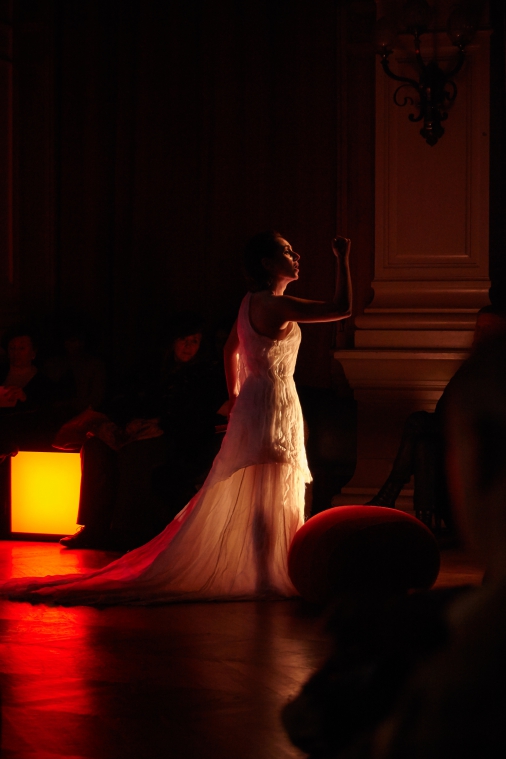
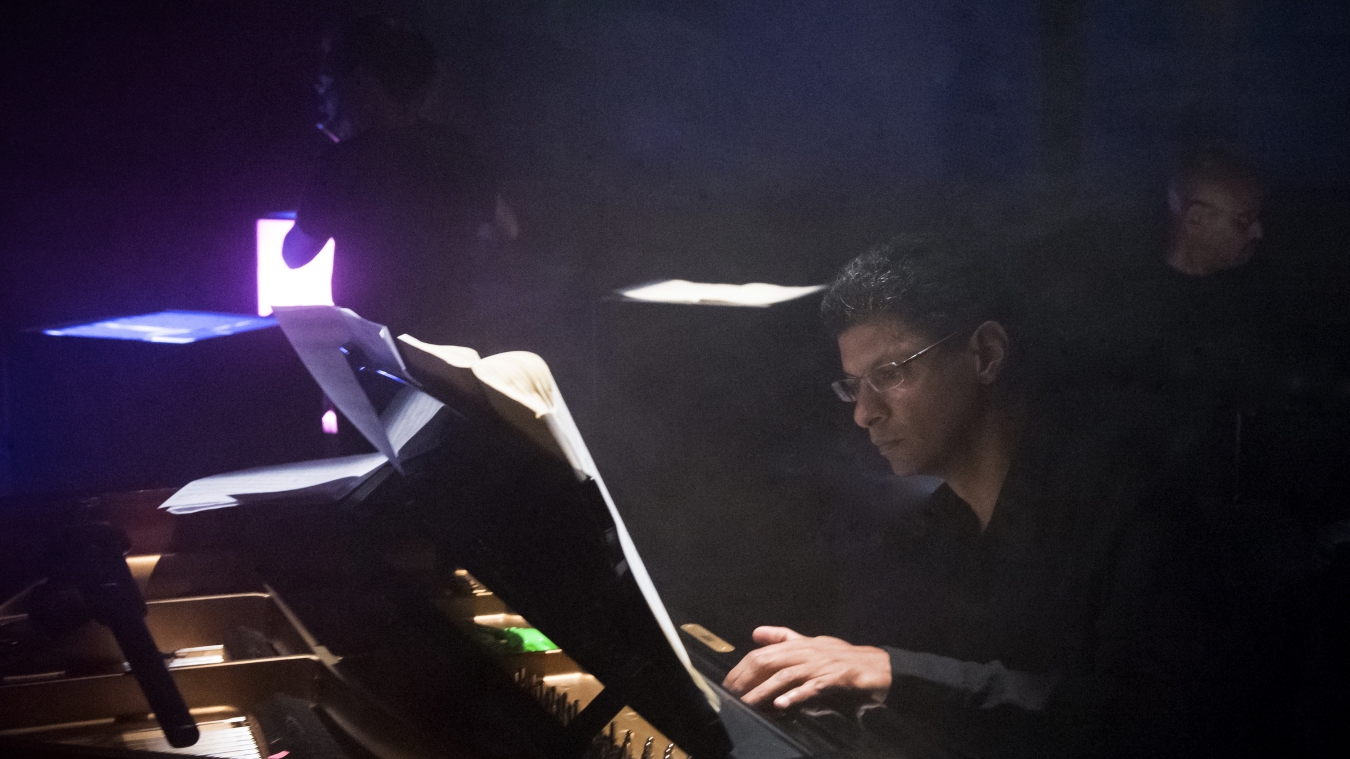
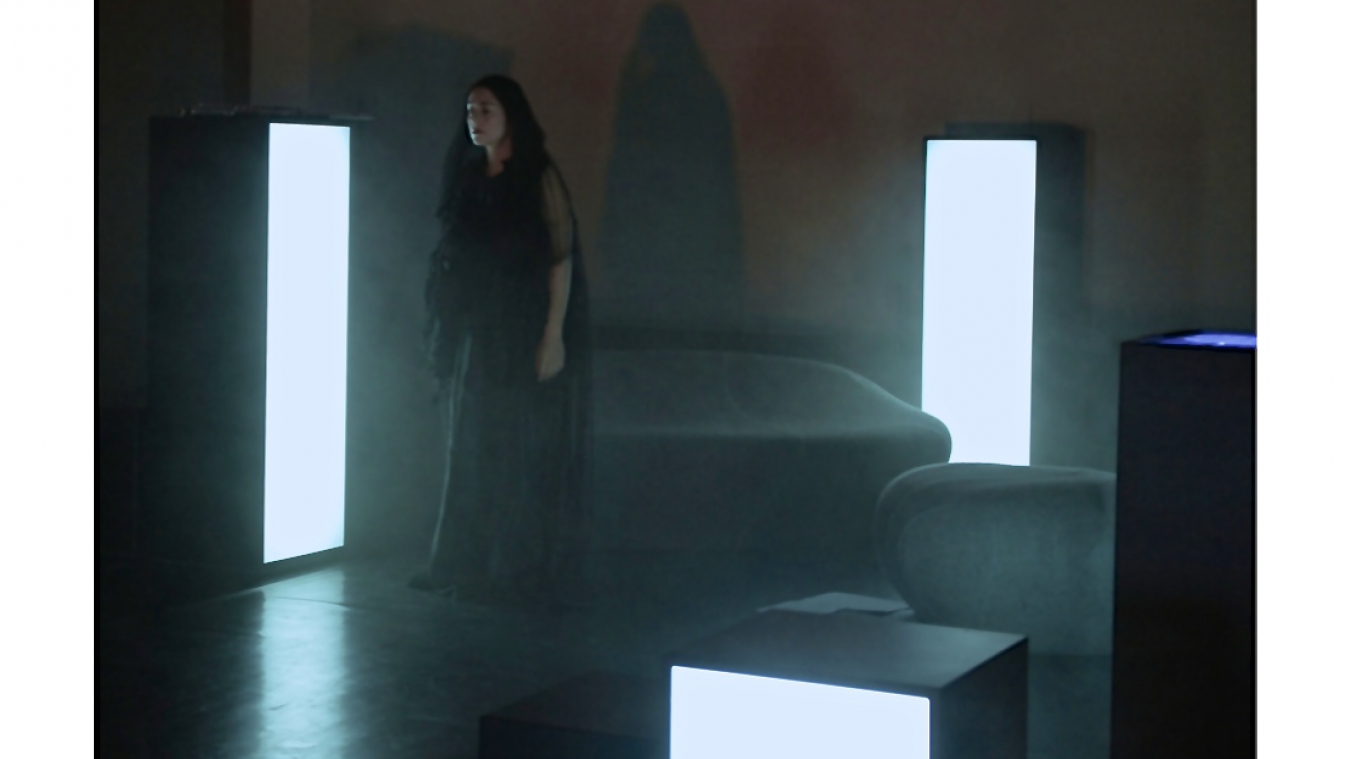
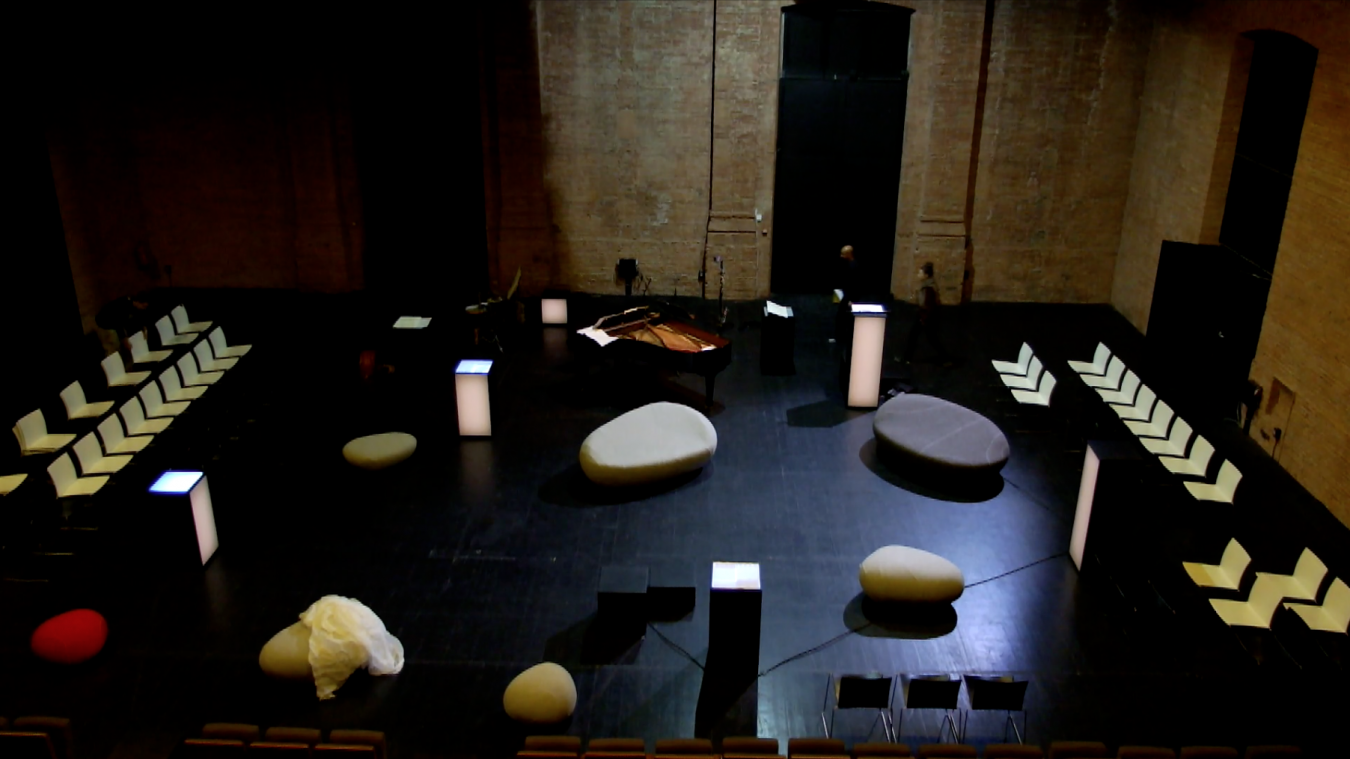
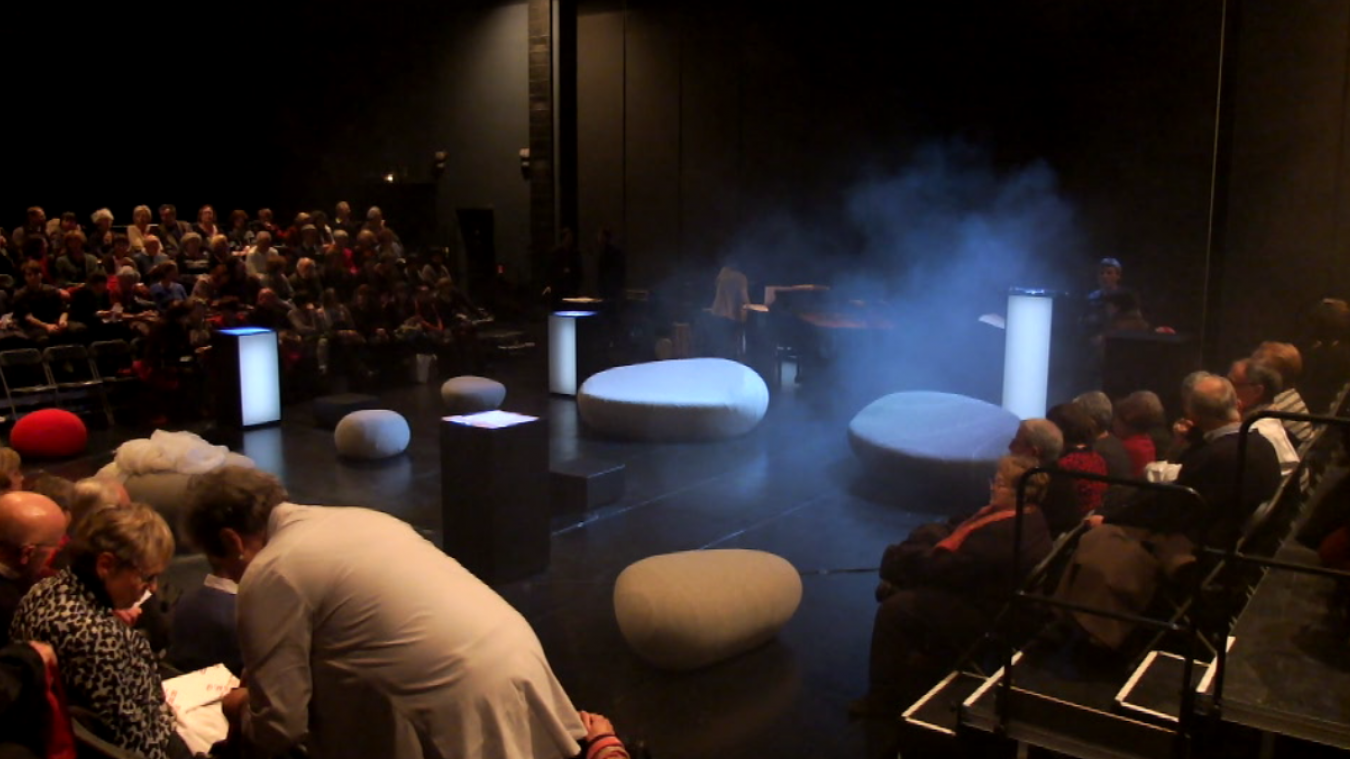
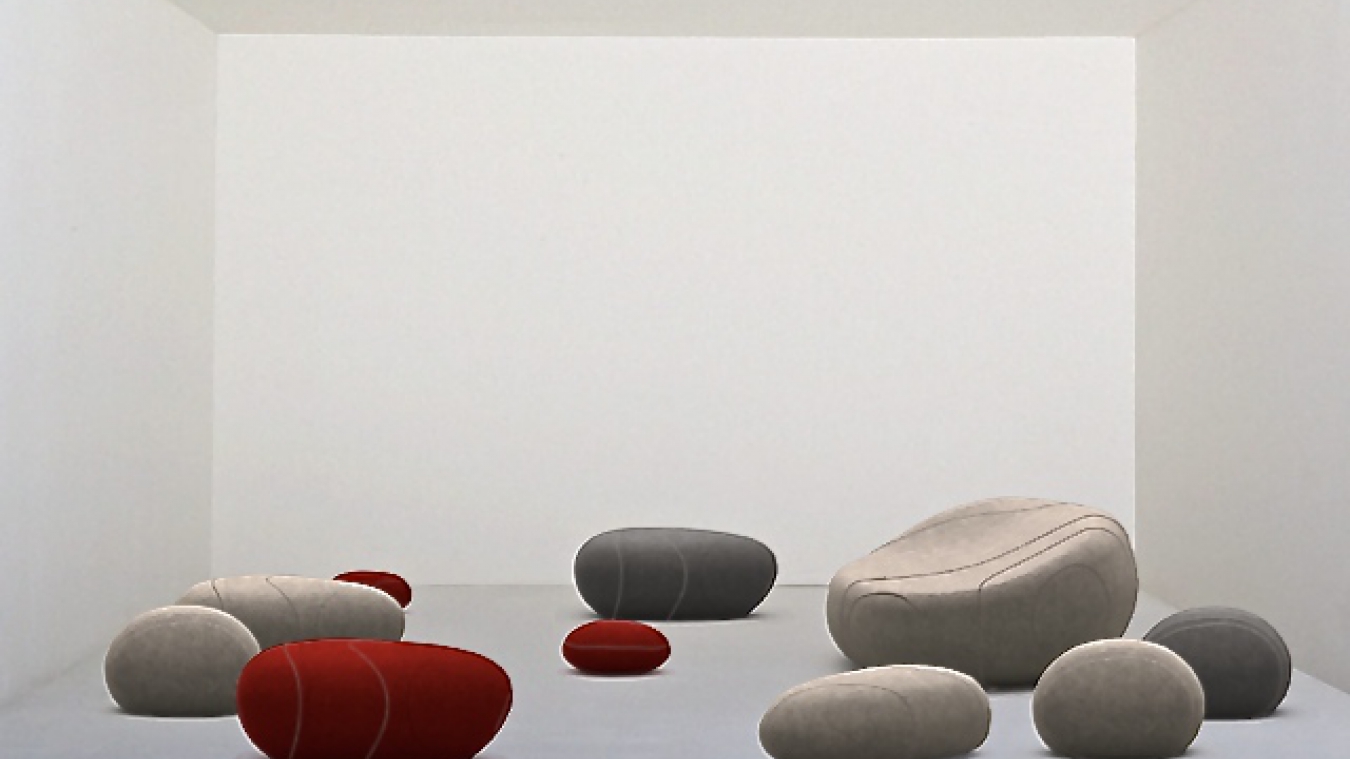
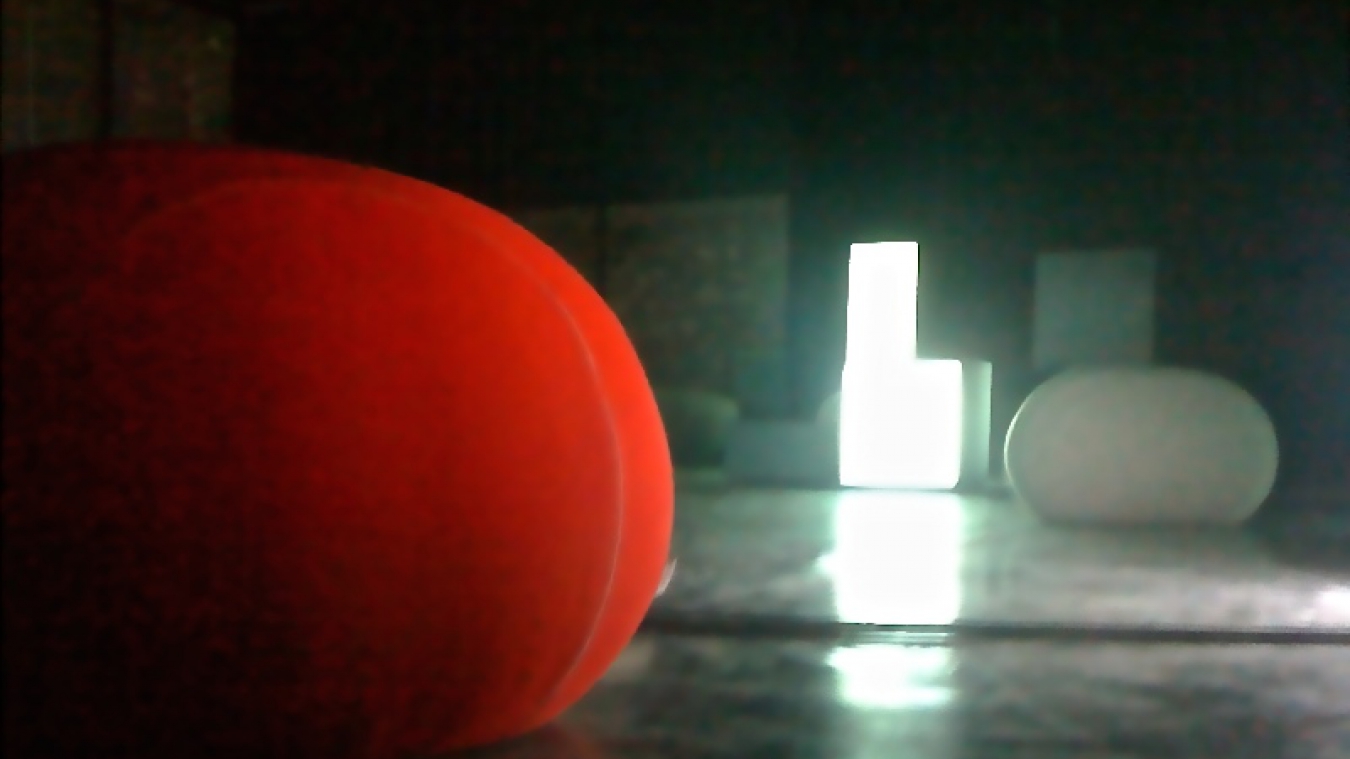
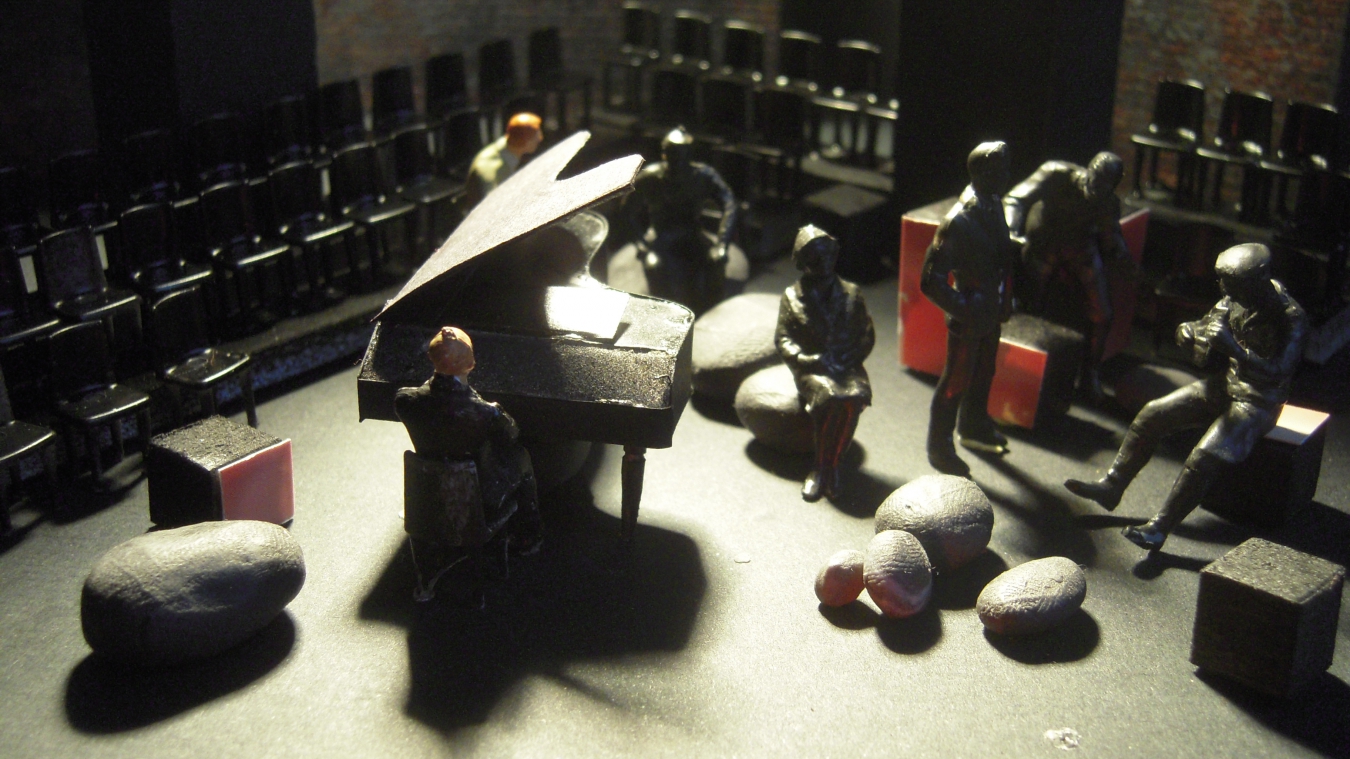
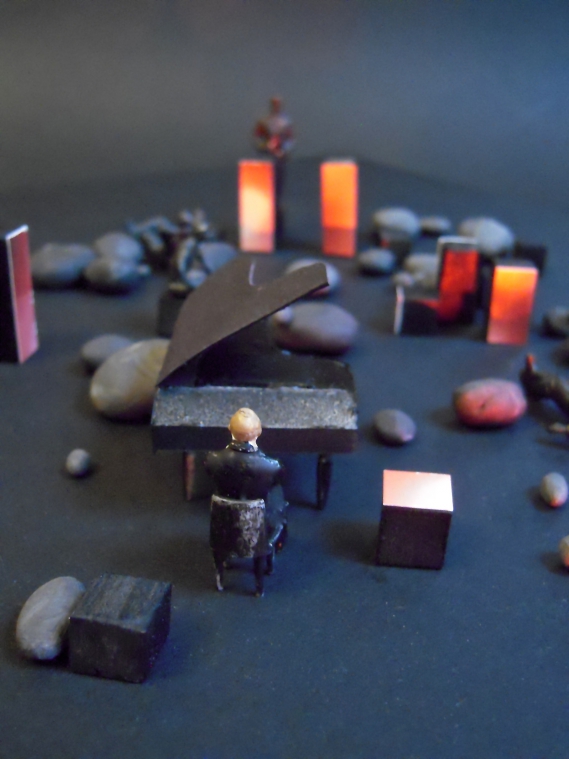

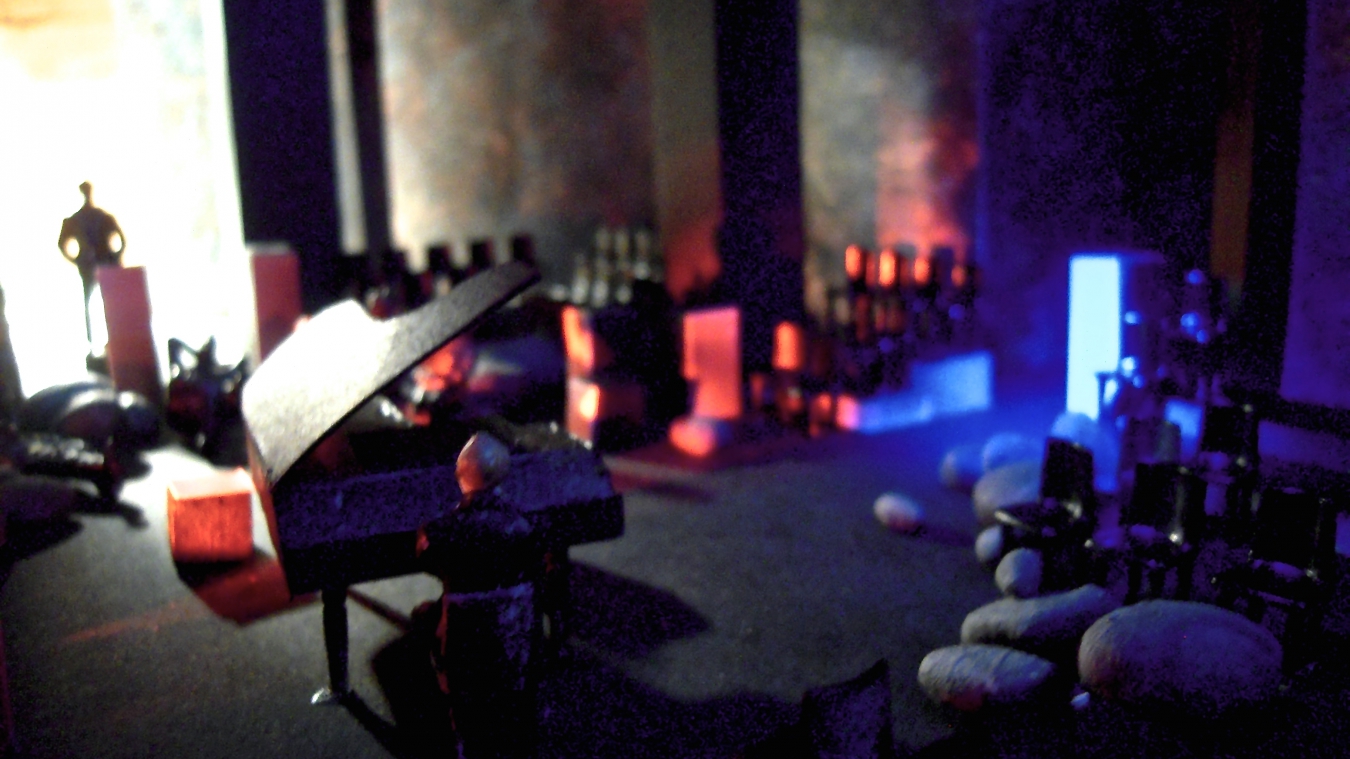
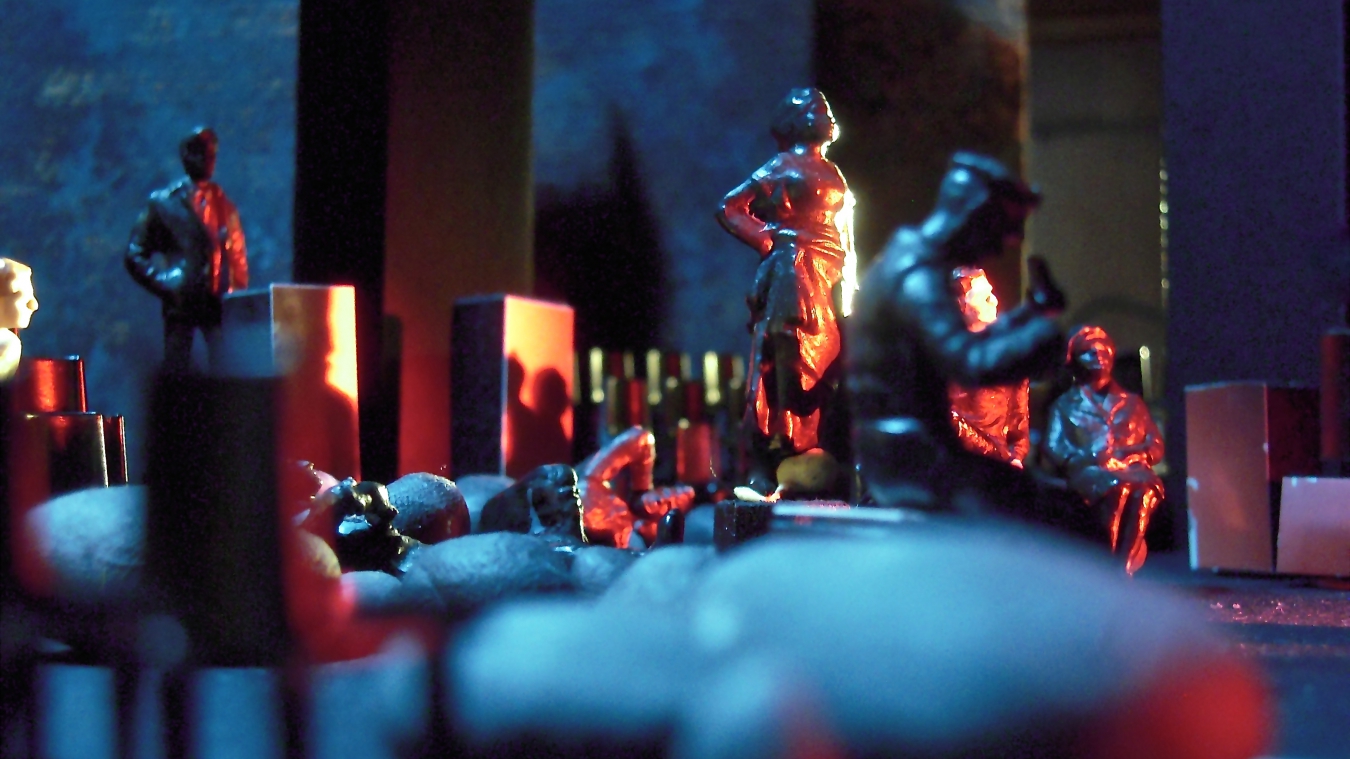
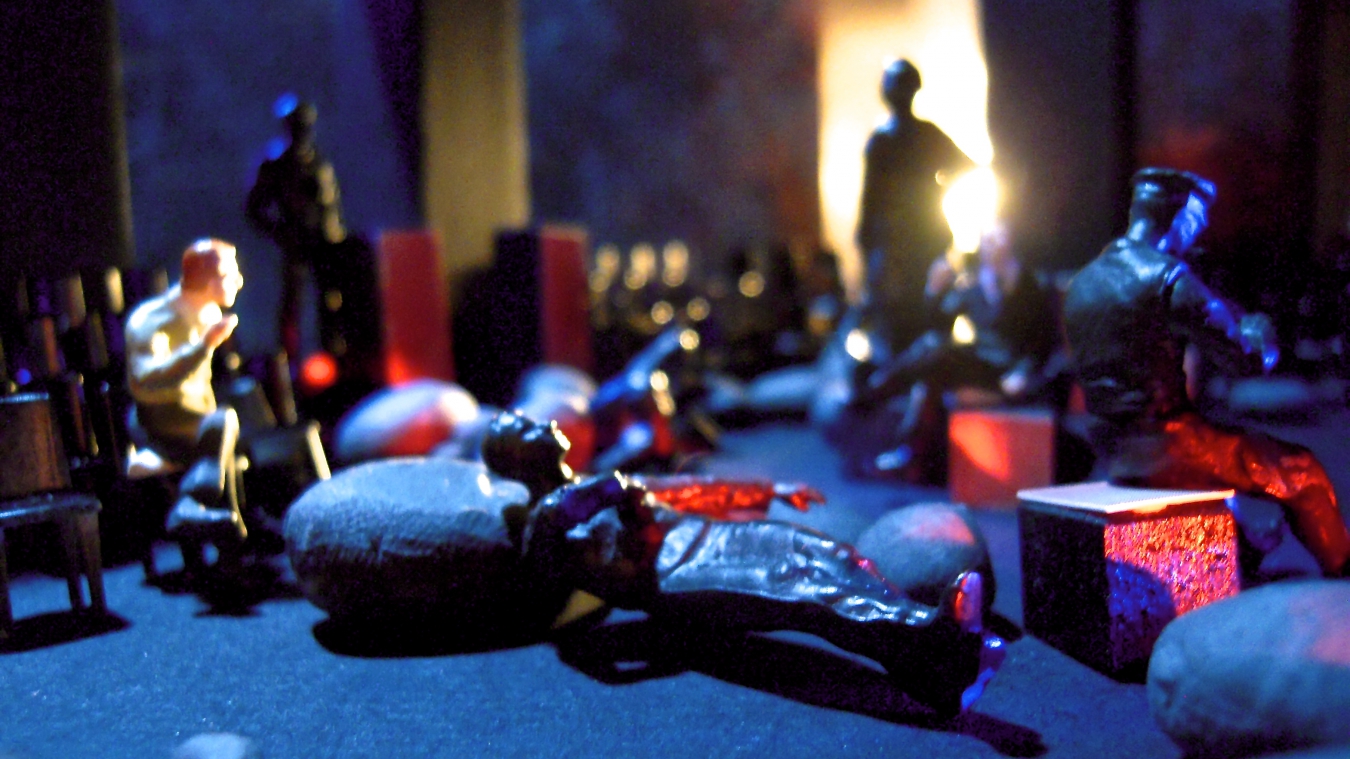
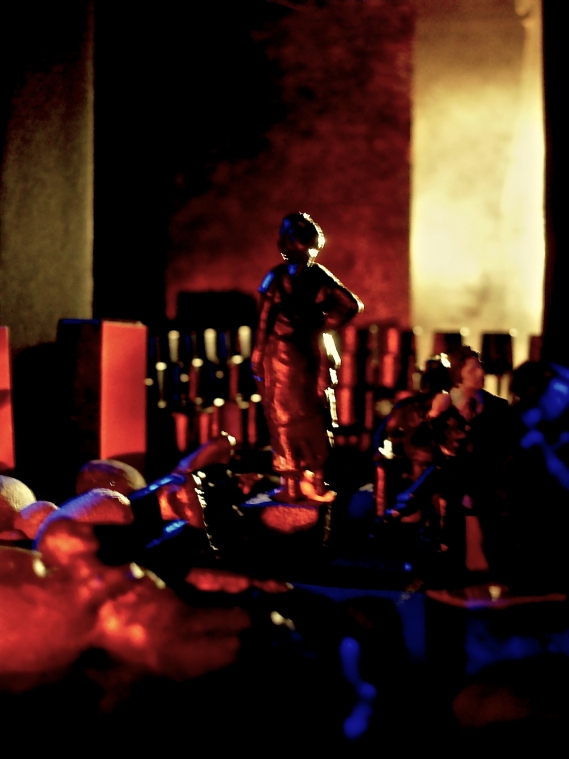
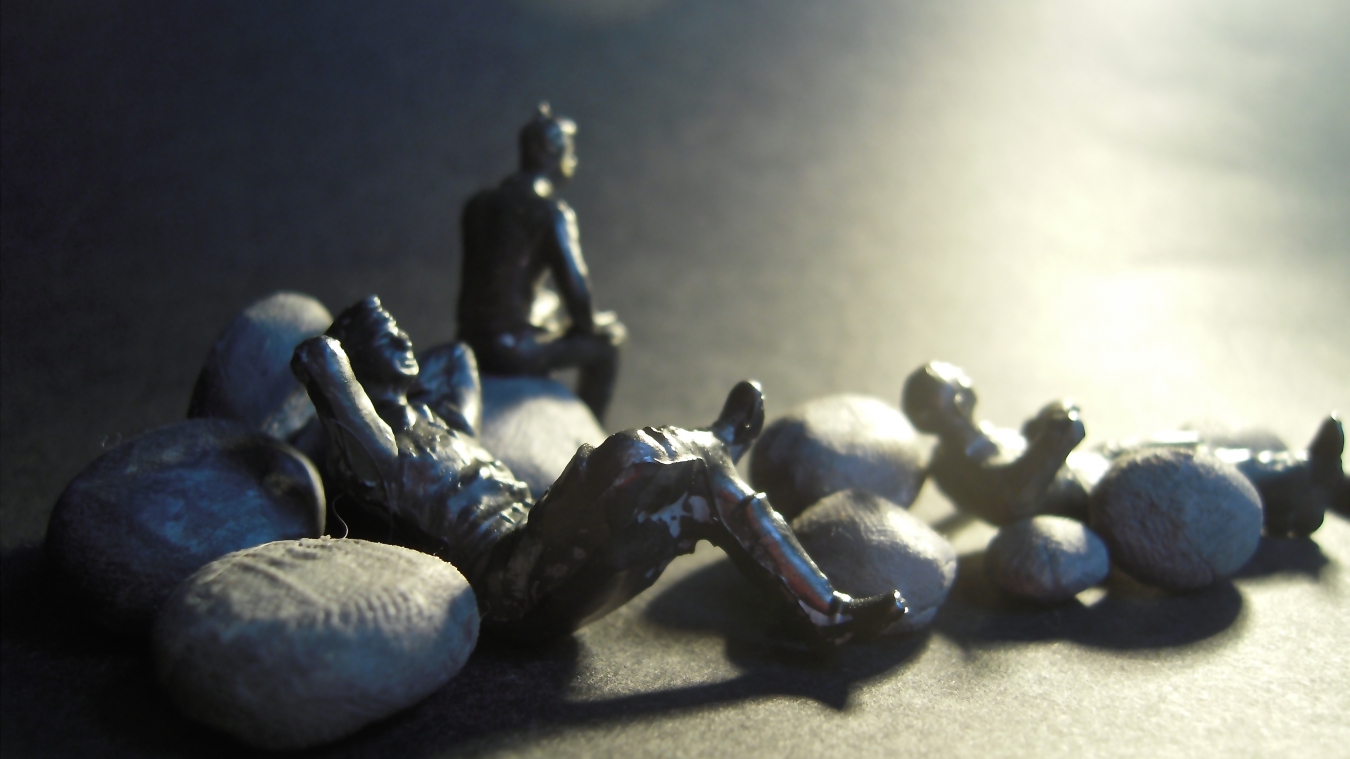
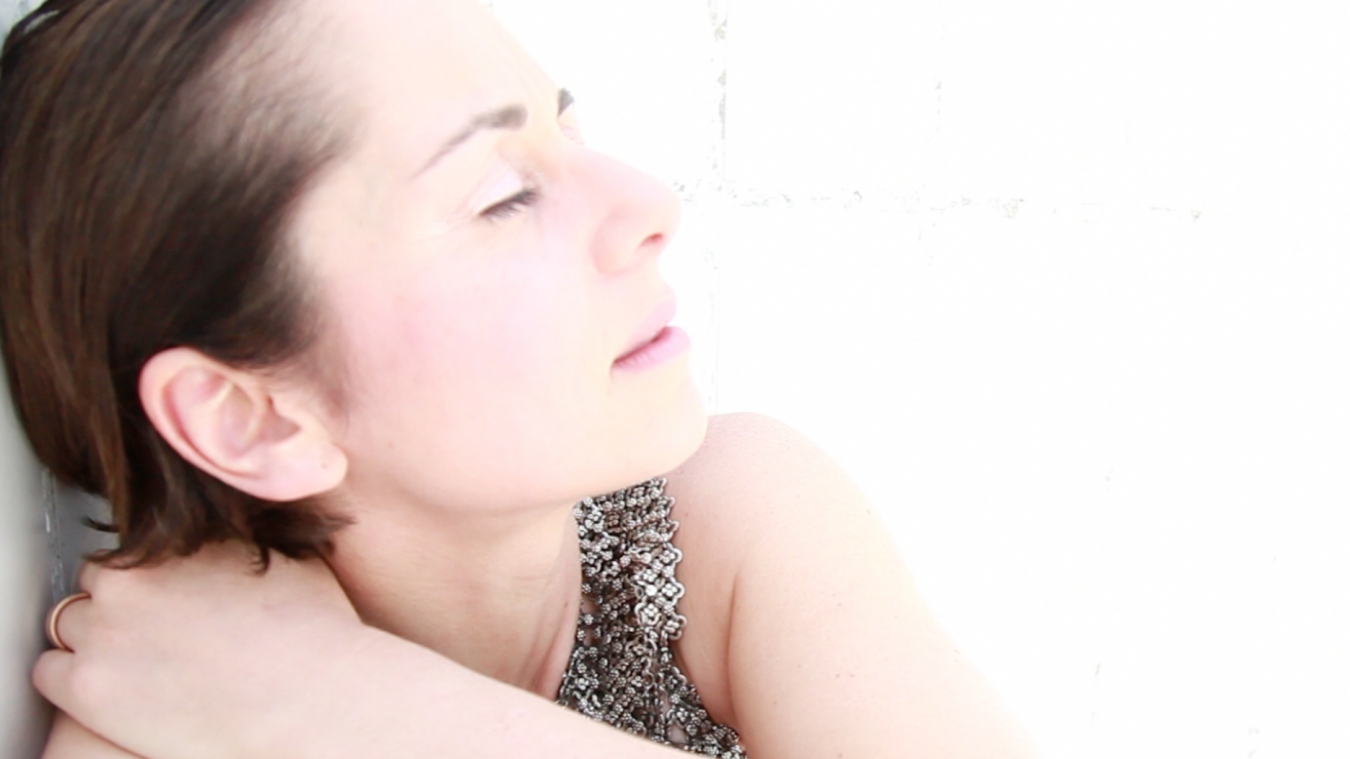
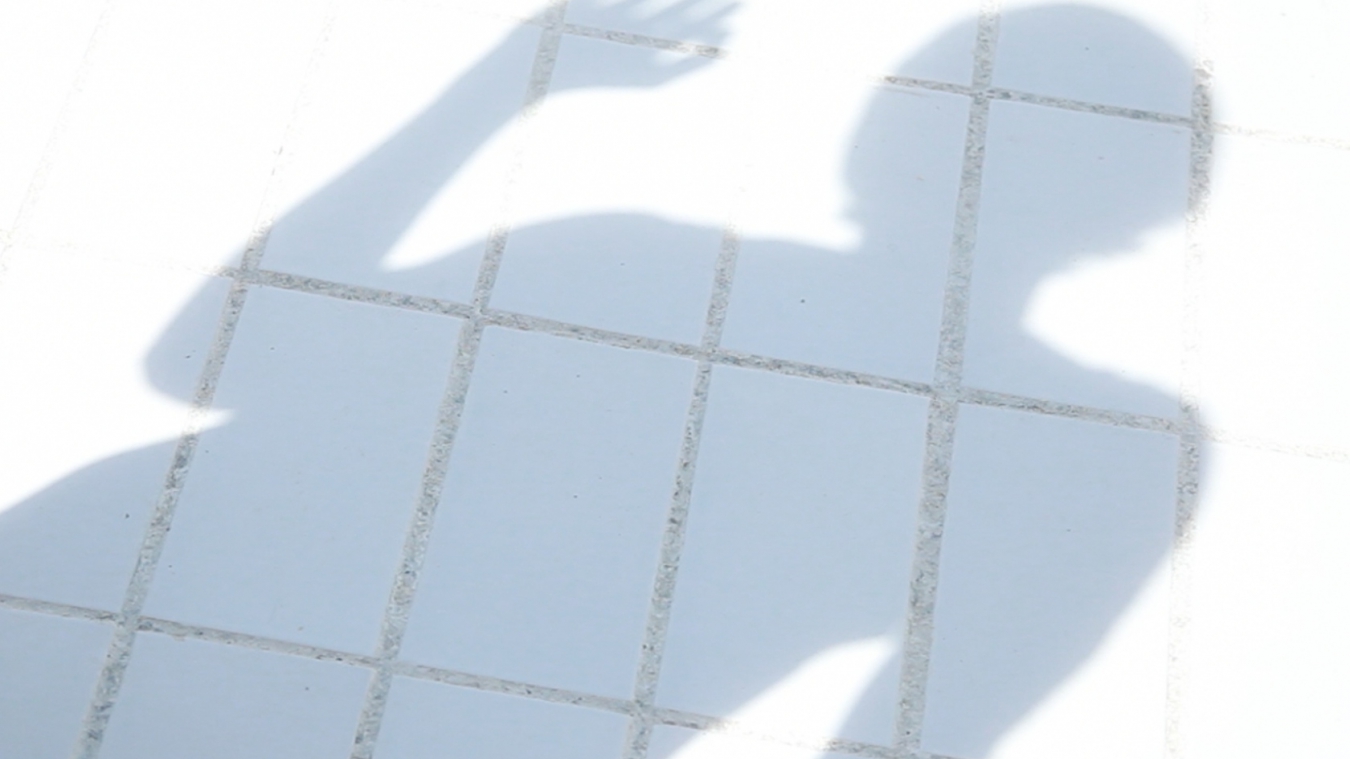
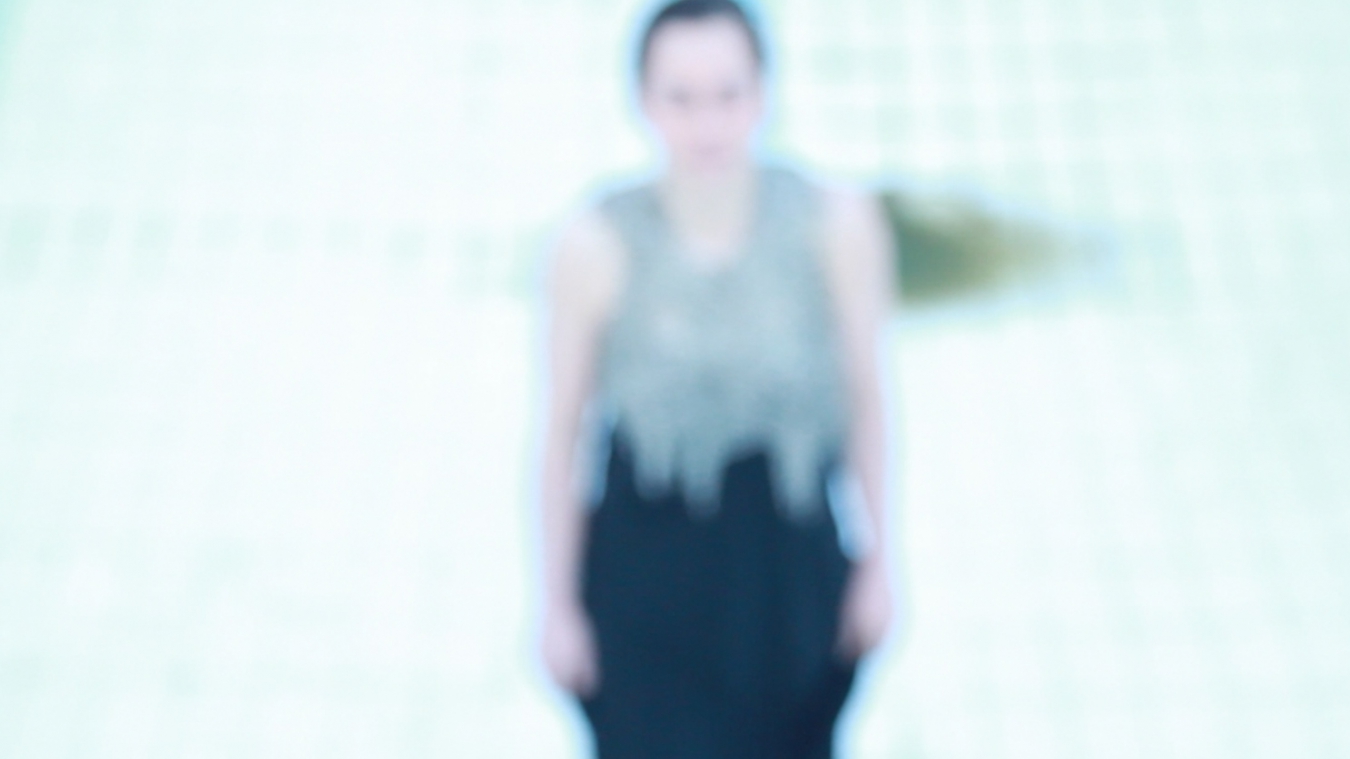
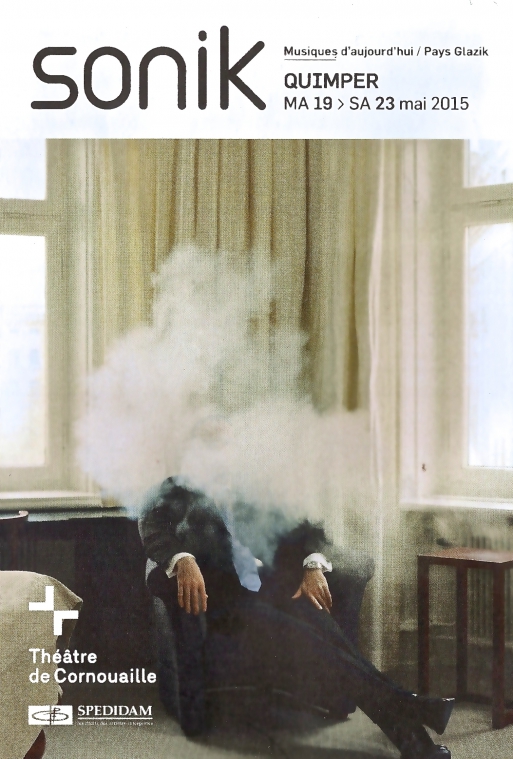
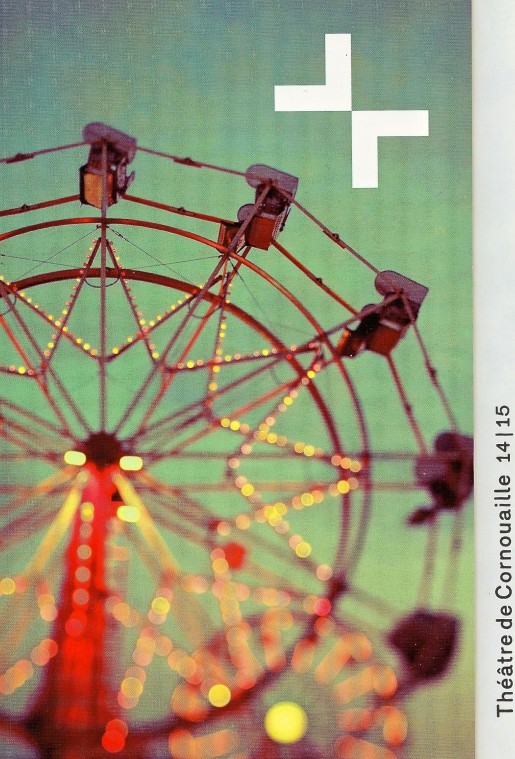
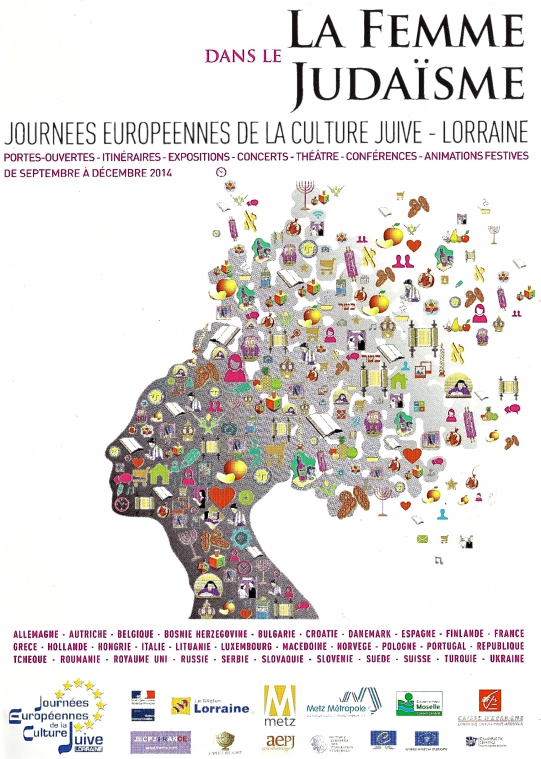
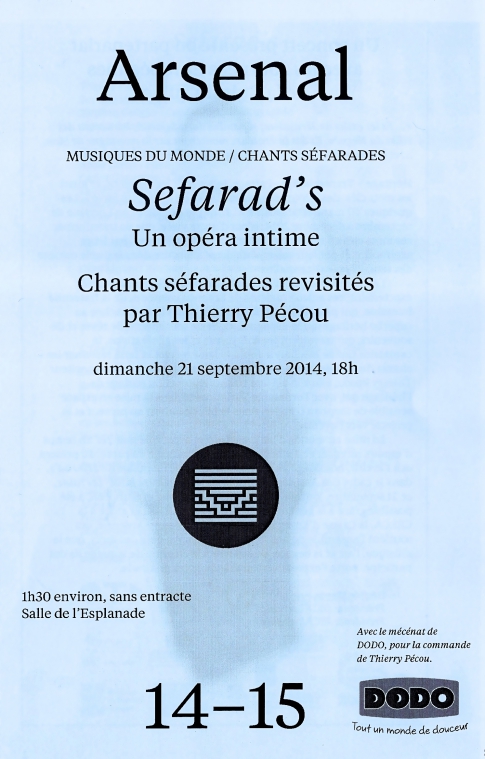
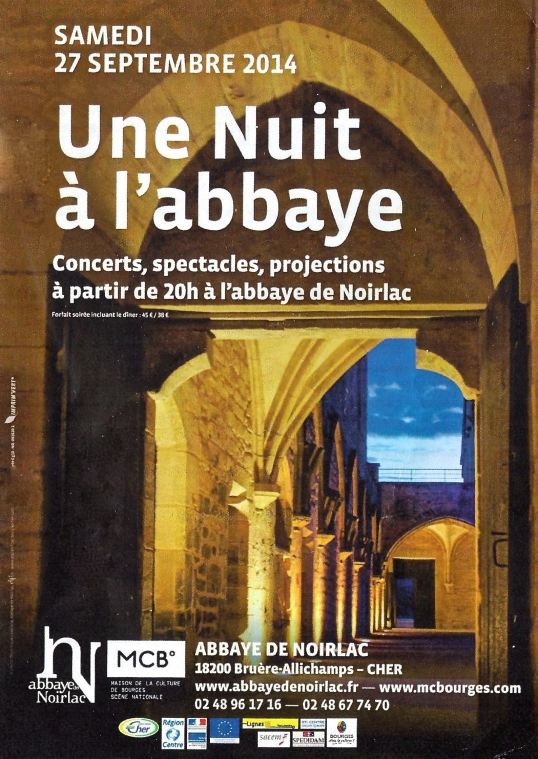
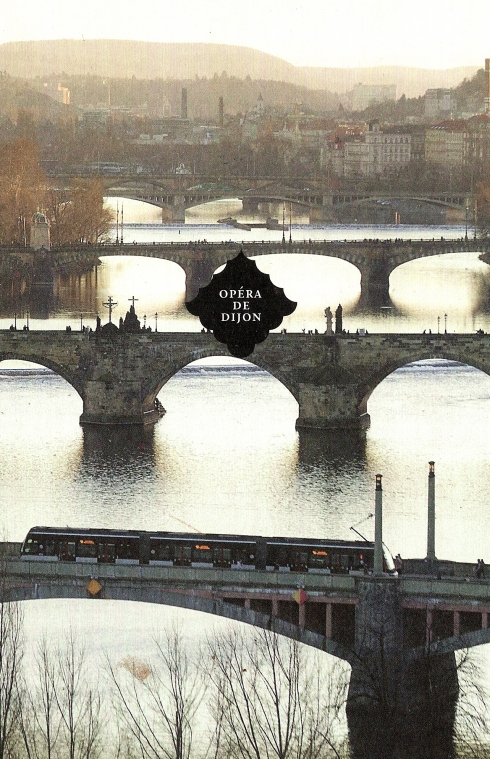
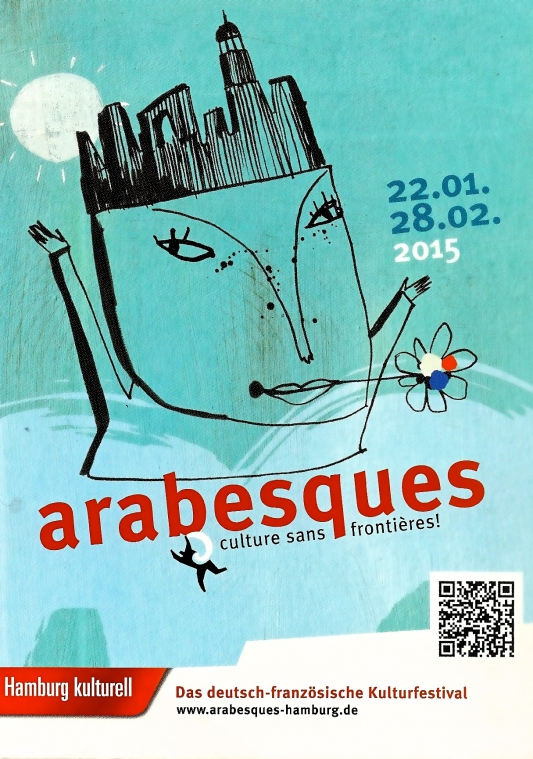
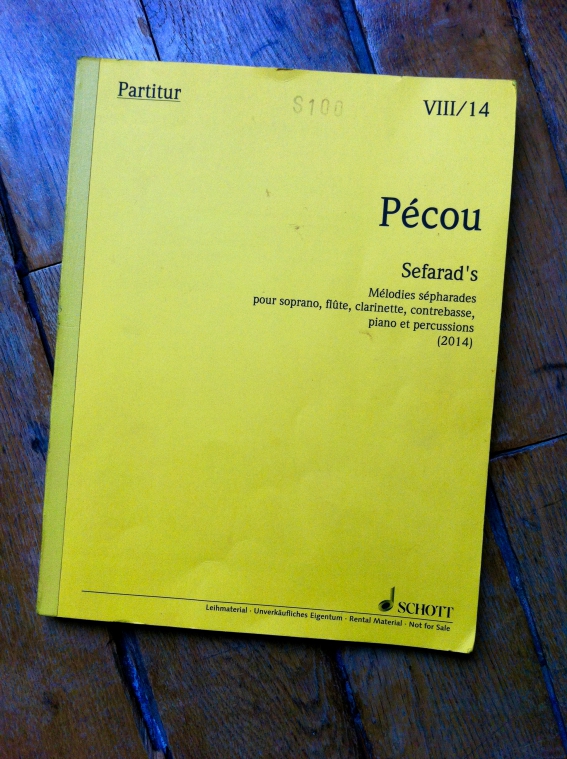
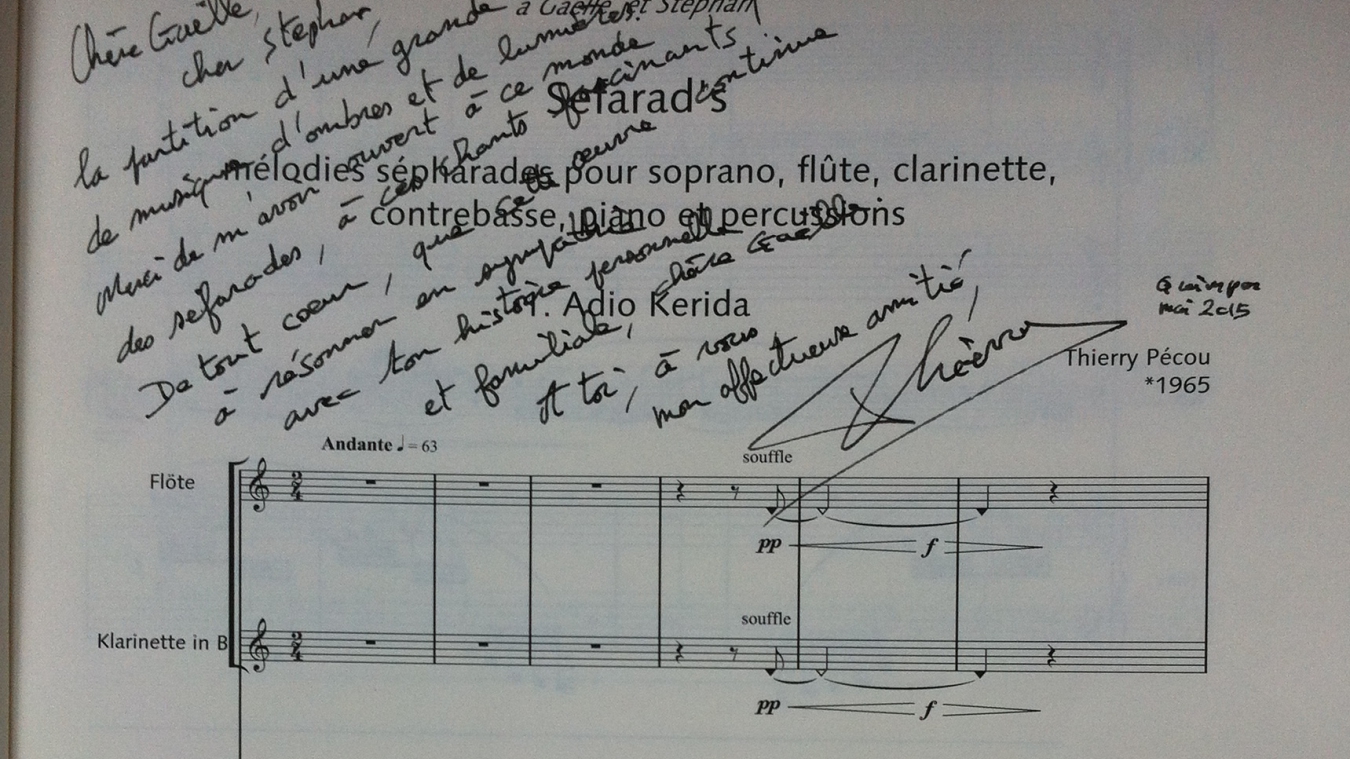
 Presentation
Presentation Video
Video Download
Download